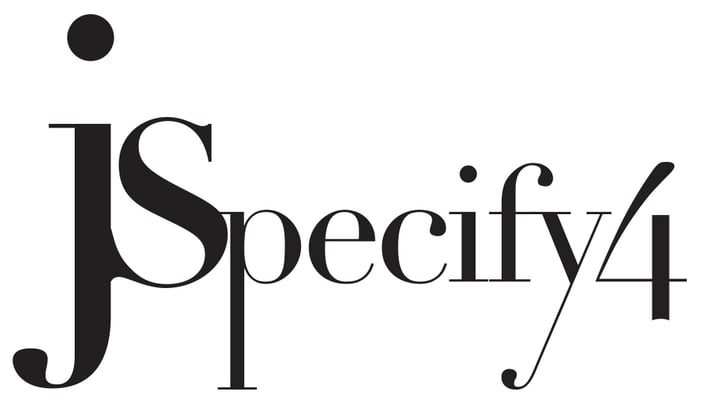Jamie Stern’s unwavering commitment to sustainability and environmental responsibility is an essential company-wide value that informs all of our decisions and practices. Our leather division in particular champions eco-friendly sourcing, tanning, finishing and shipping to ensure that our leathers are as green as possible from start to finish. Reducing our overall carbon footprint while still offering unprecedented pricing, flexibility and quality is certainly not the easiest of endeavors, but it is the one we are most proud of.
LEATHER AS A BY-PRODUCT
Leather is a by-product of the meat industry, meaning its production is incidental and secondary to beef manufacturing. A widely held misconception is that leather is a co-product, or an equally valuable resource generated alongside the meat. This is incorrect. Farmers do not rear cattle for their hides as they only represent approximately 4% of the animal’s total worth. Other by-products of the meat industry include adhesives, cosmetics, fertilizers and jellies.
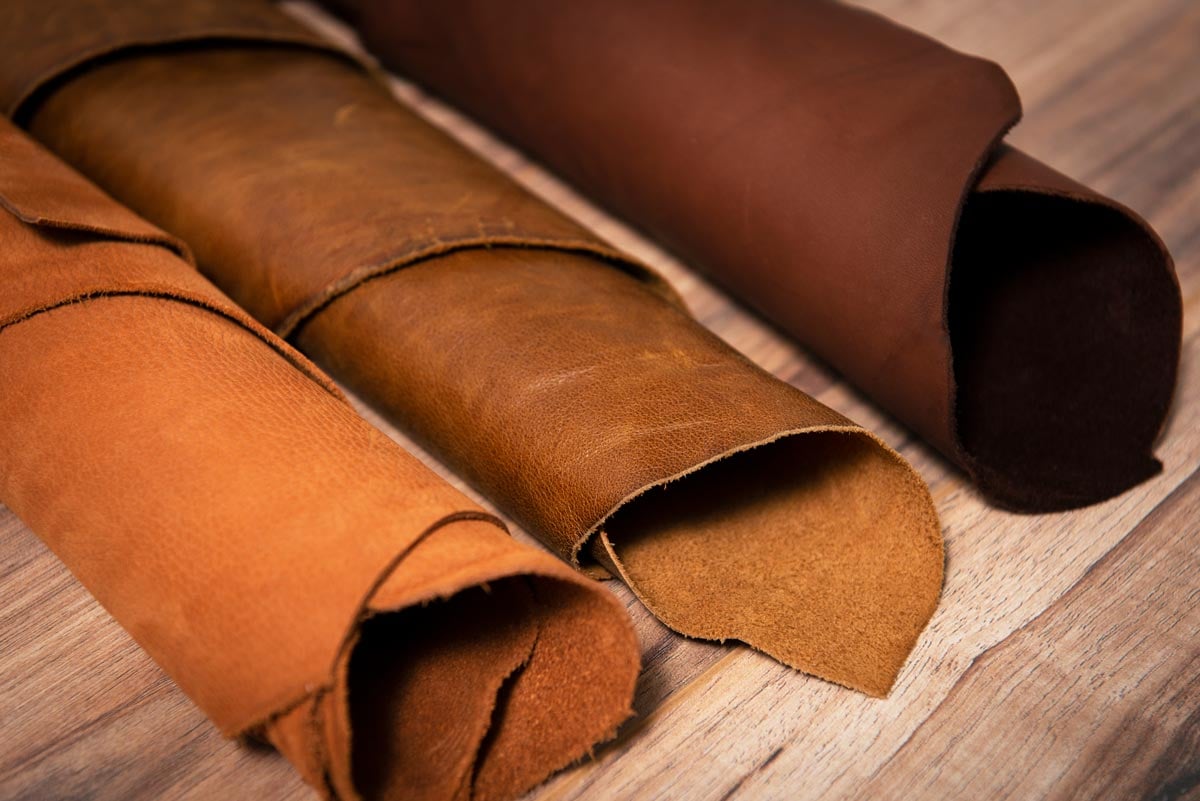
As a by-product, leather inherently helps minimize waste and pollution. Through a process known as upcycling, by-products like cowhides and other materials initially perceived to be useless are repurposed to create artistic, pragmatic and environmental value. By utilizing a portion of the cow which would otherwise be thrown out, leather tanneries turn significant amounts of potential waste into beautiful, resilient material for use in the furniture, fashion, aircraft and automotive industries. It is estimated that through upcycling, leather production helps reduce global landfill waste by 7.3 million tons each year.
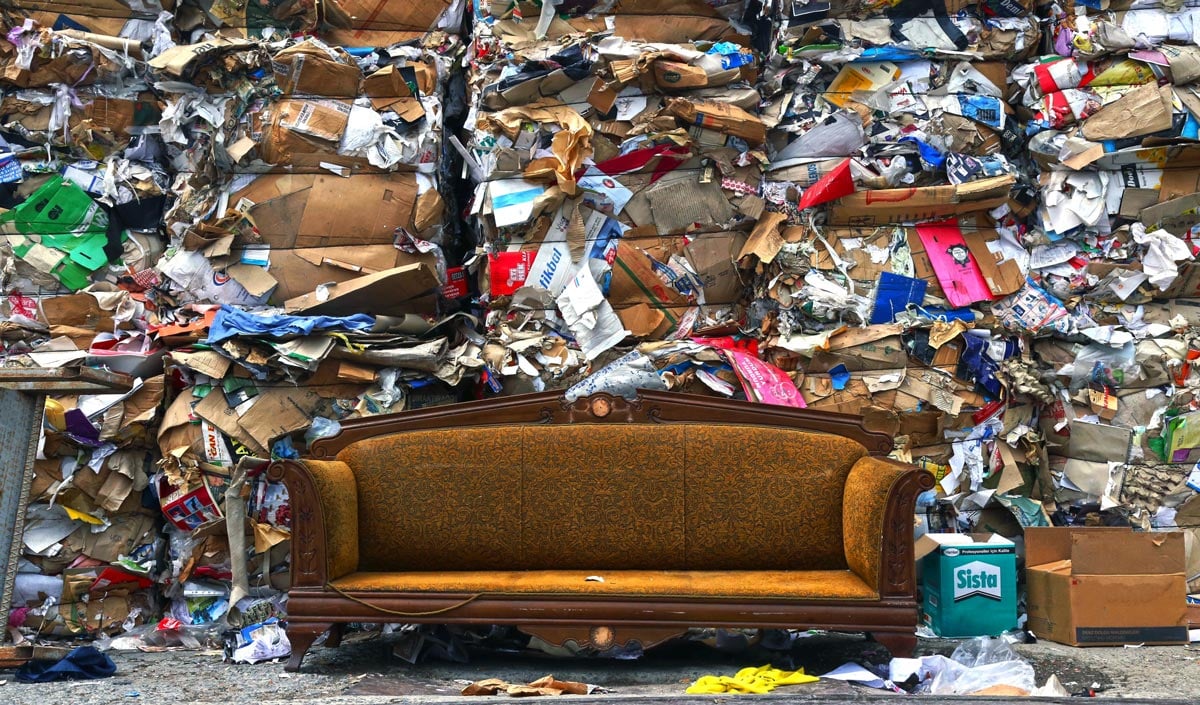
THE DURABILITY OF LEATHER
Leather is a natural product that can last generations with proper care. Renowned for its unparalleled durability, it has been used for upholstery purposes dating back as far as 3100 BCE. Full grain and corrected top grain leathers are made from the top layer of the hide where the fibers are the densest and most complex. This naturally occurring phenomenon provides leather hides with extraordinary tensile strength that cannot be replicated by synthetic materials. Upholstery leathers are known to last five times longer or more than their synthetic counterparts which greatly reduces replacement costs as well as unnecessary landfill contributions.
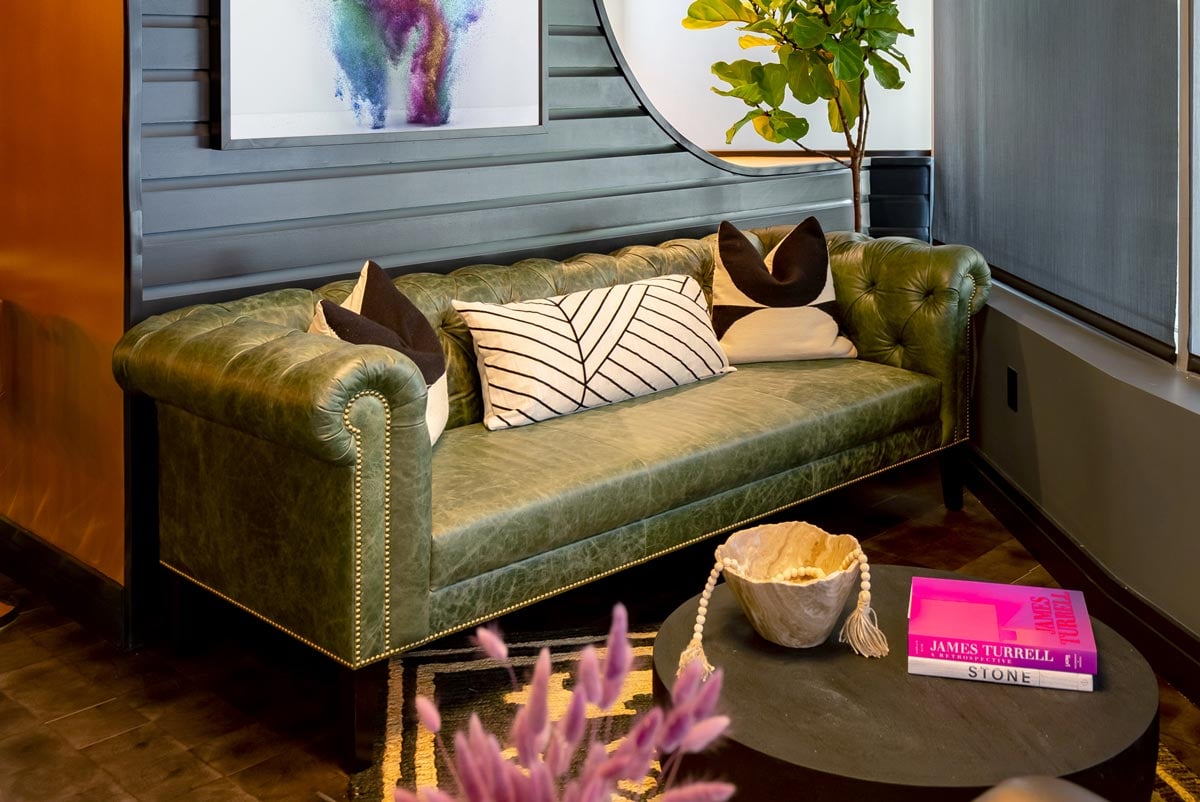
Whereas leathers wear in, becoming more beautiful with time and use, synthetics like vinyl and polyurethane fabrics wear out and have to be disposed of frequently. Leather’s final environmental impact is minimal as it will completely biodegrade in 50 years or less. Petrochemical-based synthetic materials do not decompose at nearly as rapid a rate, if at all. Polyurethane products like “vegan” leather (also known as leatherette, faux leather or imitation leather) will not decompose in a landfill for 500 years or more. When they do eventually break down, these materials can release harmful chemicals and microplastics into the water and soil. Vinyl fabrics are even worse as they are non-biodegradable and will not break down or decompose at all.
SUSTAINABLE TANNING, FINISHING & SHIPPING
Both our South American and European tanning partners comply with strict international environmental standards. This means significantly limiting their Volatile Organic Compound emissions, utilizing non-toxic ingredients and investing in advanced water filtration and purification systems. These practices ensure the water used in the tanning and dyeing processes is returned to the environment as clean and drinkable as it was originally.
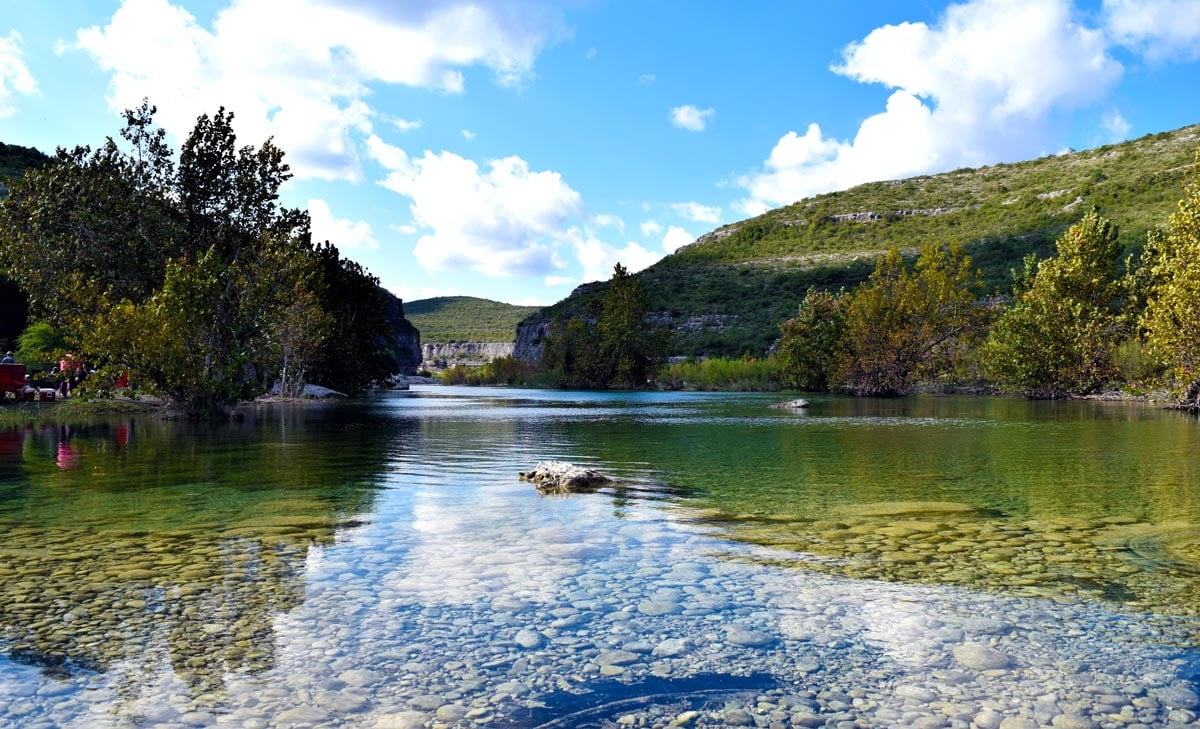
Domestically, our New York-based finishing plant only uses non-toxic, water soluble finishes in lieu of harmful solvent-based products. These practices are closely monitored and enforced by OSHA.
As a result of these ecologically responsible efforts, many of our leather qualities:
- Meet the UNI EN ISO 9001:2015 Quality Management System requirements for use in design and production for furniture, footwear, car and aircraft interiors, leather goods, clothing and accessories.
- Comply with UNI EN ISO 14001:2015 Environmental Management System standards for tanning, re-tanning, dyeing and finishing treatments.
- Have received the highest score, a Gold Rating, from the Leather Working Group, which seeks to “develop and maintain a protocol that evaluates environmental compliance and corporate practices regarding sustainability, by promoting improvements in the leather industry.”
When our leathers are finished and ready to ship, they are packaged as sustainably as possible before leaving our facility. This starts with the exclusive use of lightweight, efficient cardboard and other packaging materials. These largely biodegradable items not only reduce the waste generated when the packaging is eventually discarded, but can also be reused in a number of functional ways to improve their lifetime value and delay their landfill contribution. Many of these materials are also highly recyclable and are properly converted whenever possible.
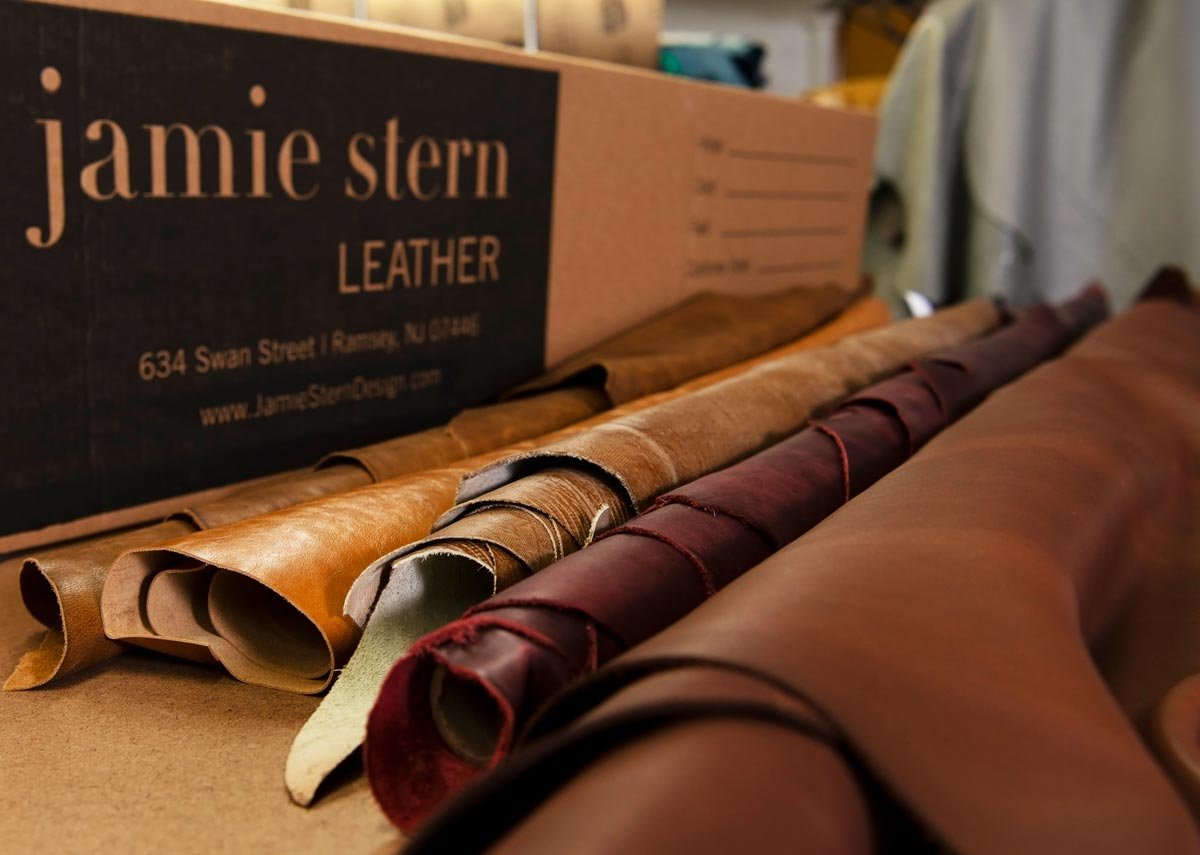
Lastly, to further expand the utility of the leather and decrease waste, Jamie Stern donates scraps, samples and even full hides to local schools and charitable organizations for their use in arts, crafts and educational purposes.
While we are pleased with the environmentally-conscious practices we currently have in place, we also recognize the need to constantly improve upon them. We won’t be fully satisfied until we achieve our goal of becoming the greenest leather supplier in the industry. The continuous reevaluation and optimization of leather production is necessary, not only for Jamie Stern, but for everyone who cares about, produces or purchases leather. After all, leather and its timeless beauty and durability are products of the natural world. If you love leather as much as we do, you will appreciate the value we place on protecting the environment and promoting sustainable practices at every chance we get.
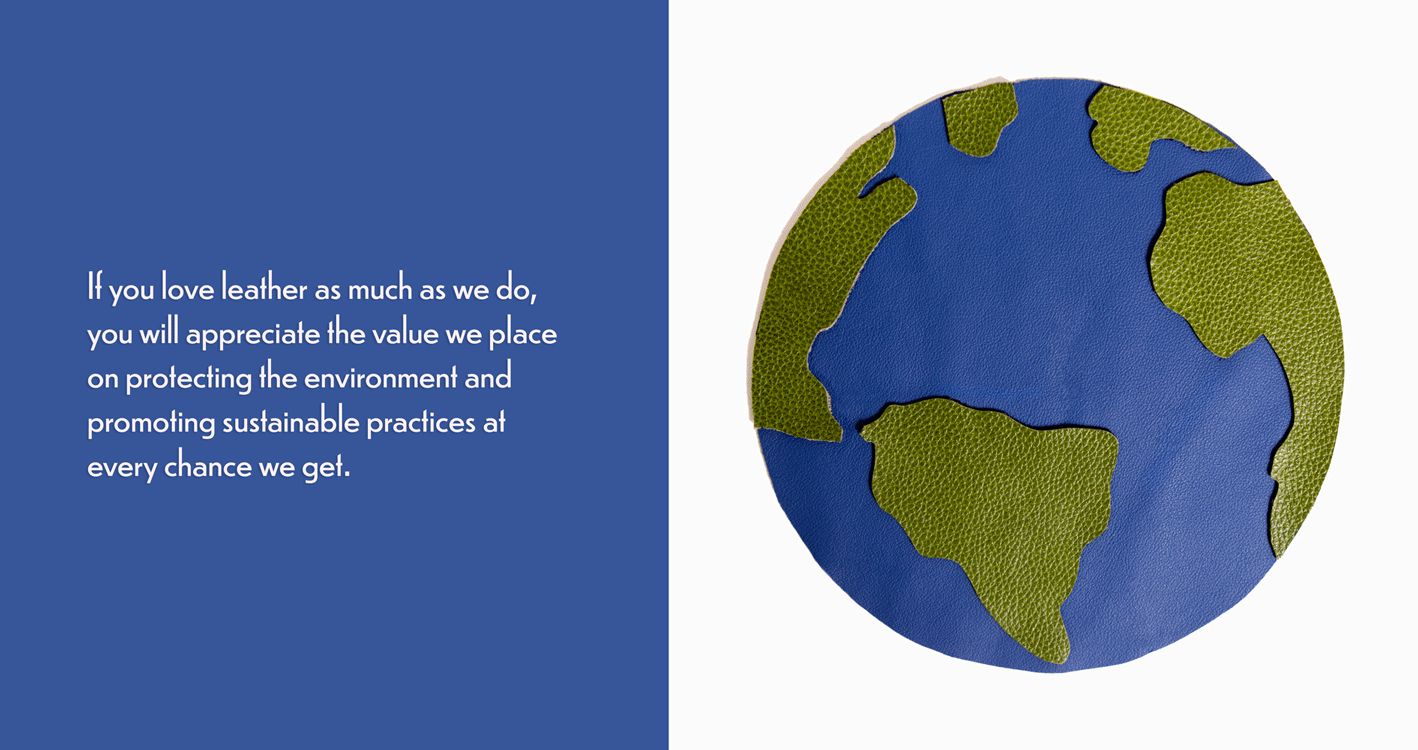
Do you need help picking the perfect leather? Read Specifying the Perfect Leather for Any Market


